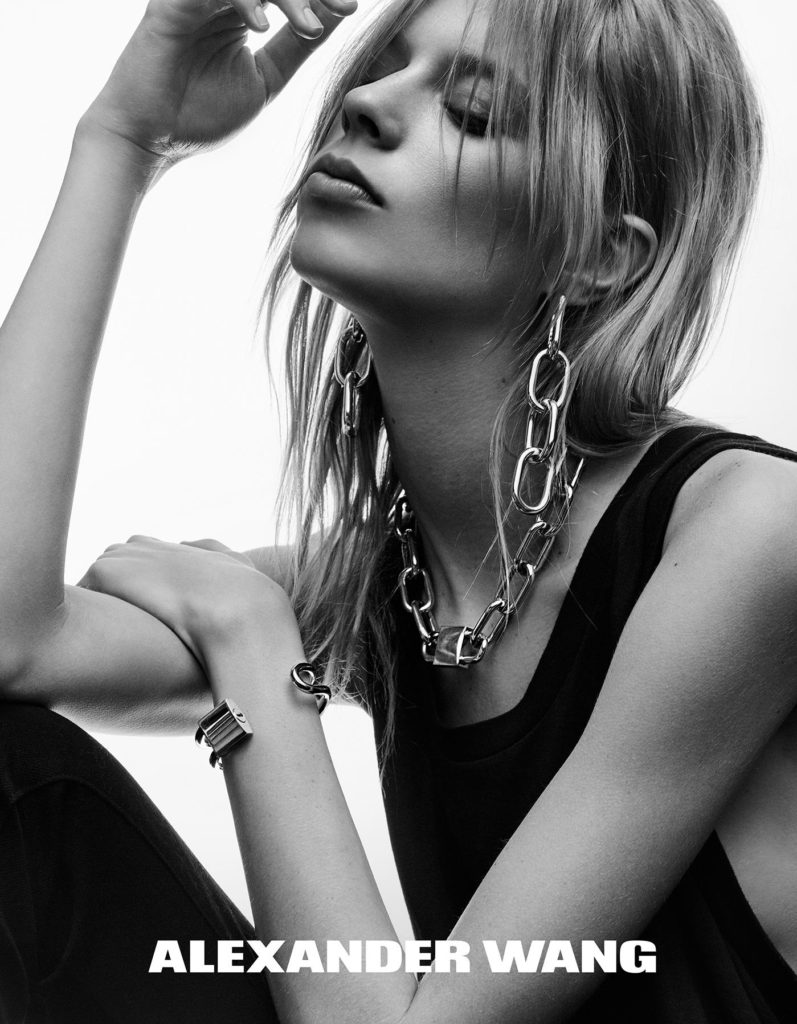Factors to Consider When Working with a Hairstylist
Working with a hairstylist can significantly impact your overall appearance and confidence. Whether preparing for a special event, a photo shoot, or simply maintaining your everyday look, finding the right hair stylist is crucial. Here are some key factors to consider when working with a hair stylist to ensure you achieve the best results.
Experience and Expertise
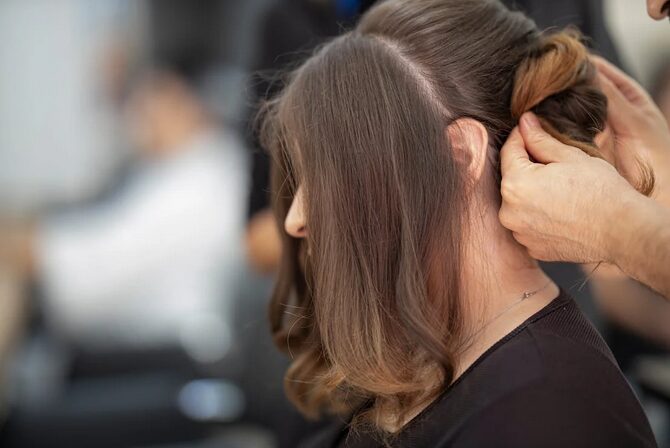
The first factor to consider is the stylist’s experience and expertise. Look for a stylist who has a solid background in hair styling and is skilled in various techniques, including the knowledge of hair care and health in general. Such a stylist is usually the one suggesting you experience mild to severe hair loss before getting into the actual styling tips. Experienced stylists are more likely to understand your hair type and texture, and can recommend styles that suit your face shape and personal preferences.
Portfolio and Reviews
Reviewing a stylist’s portfolio and client testimonials can provide insight into their work quality and style versatility. Look for photos of previous clients to gauge the stylist’s ability to execute different styles and techniques. Additionally, read reviews and ask for recommendations from friends or family to ensure the stylist has a positive reputation and a track record of satisfied clients.
Salon Environment
The salon environment plays a significant role in your overall experience. Consider the cleanliness, ambiance, and professionalism of the salon. A well-maintained and welcoming salon can make your visit more enjoyable and comfortable. Additionally, the salon should have modern equipment and high-quality hair care products to ensure the best results.
Personal Style and Creativity
Your stylist’s personal style and creativity can influence the outcome of your hair appointment. Look for a stylist whose aesthetic aligns with your own. Creative stylists are often more adventurous and willing to experiment with new techniques and styles. They can provide fresh ideas and suggestions that you may not have considered, helping you achieve a unique and personalized look.
Communication and Consultation
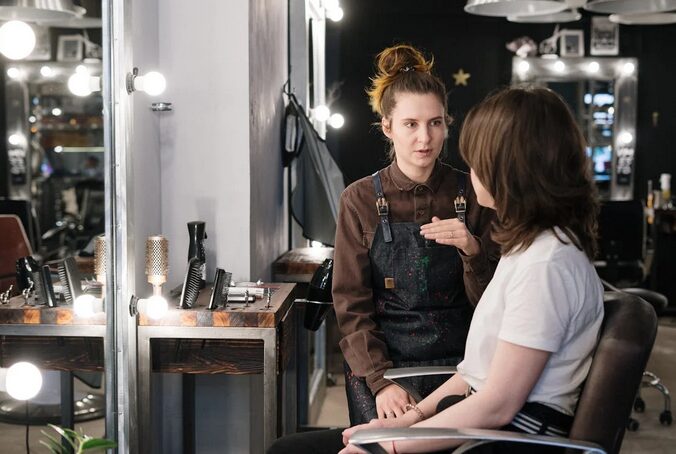
Effective communication is essential when working with a hairstylist. A good stylist will take the time to listen to your needs, preferences, and concerns during a consultation. They should ask questions about your lifestyle, how much time you spend on your hair daily, and what styles you prefer. Clear communication ensures that the stylist understands your vision and can provide recommendations that align with your expectations.
Pricing and Availability
Before committing to a stylist, consider their pricing structure and availability. Ensure that their rates are within your budget and that they offer the services you need. Also, check their availability to accommodate your schedule. Some stylists may have long wait times for appointments, so it’s important to find one who can meet your timing needs, especially for regular maintenance or special occasions.
Product Knowledge
A knowledgeable stylist should be well-versed in various hair care products and their benefits. They can recommend products that suit your hair type and address specific concerns, such as dryness, frizz, or damage. Understanding which products to use can help you maintain your hairstyle and keep your hair healthy between salon visits.
Compatibility and Comfort
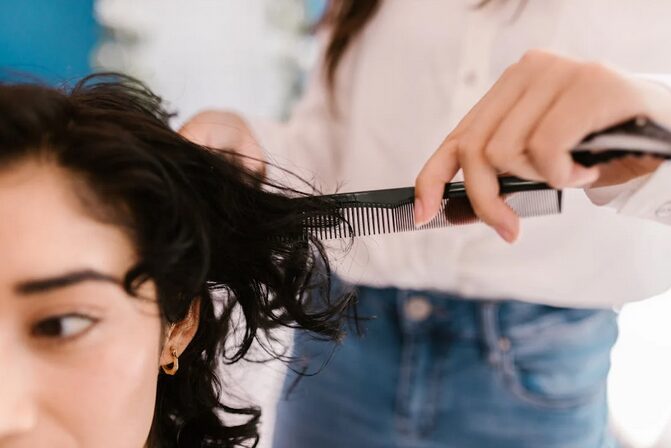
Finally, consider your comfort level and compatibility with the stylist. Building a rapport with your stylist can lead to a more enjoyable experience and better results. A stylist who makes you feel comfortable and confident can enhance your overall satisfaction. Trust and a positive connection with your stylist can make a significant difference in the outcome of your hair appointments.
Choosing the right hairstylist involves considering various factors, including experience, communication, portfolio, salon environment, personal style, pricing, product knowledge, and compatibility. By taking these factors into account, you can find a stylist who meets your needs and helps you achieve your desired look. Working with a skilled and professional hair stylist can enhance your appearance, boost your confidence, and ensure your hair always looks its best.…



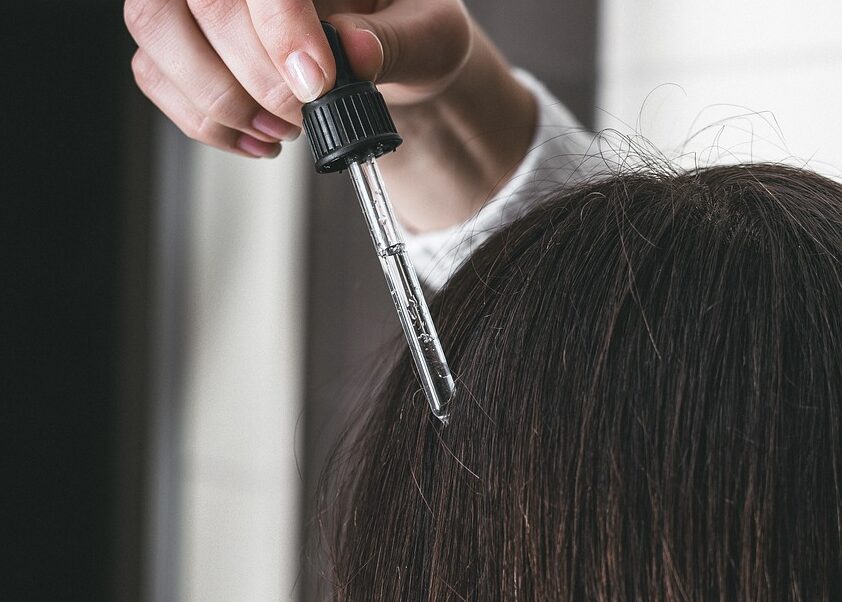


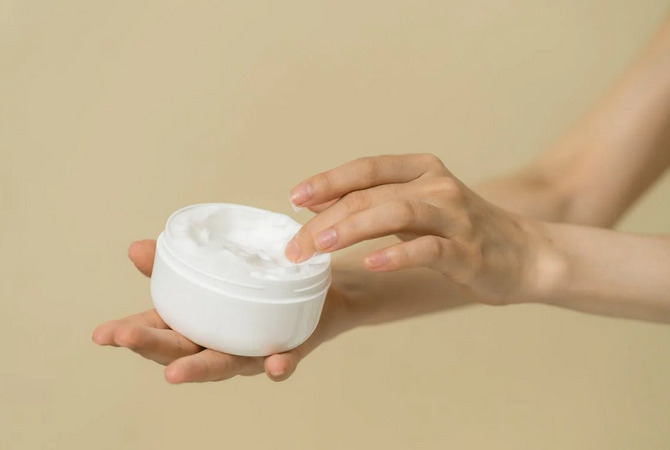
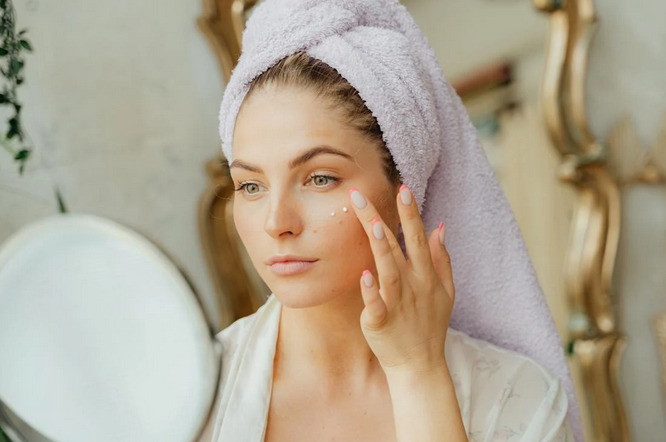

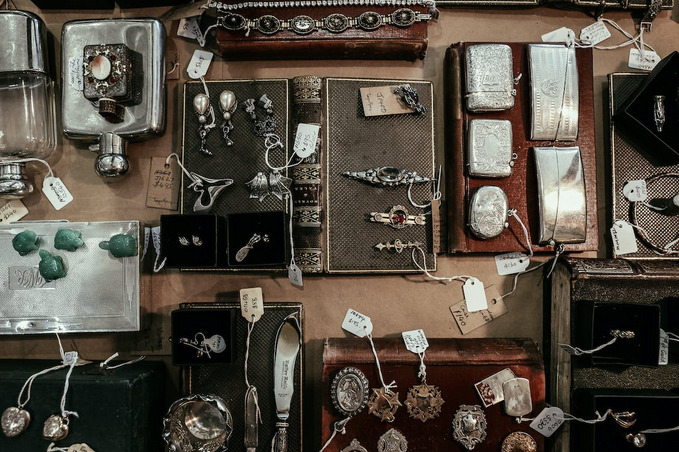




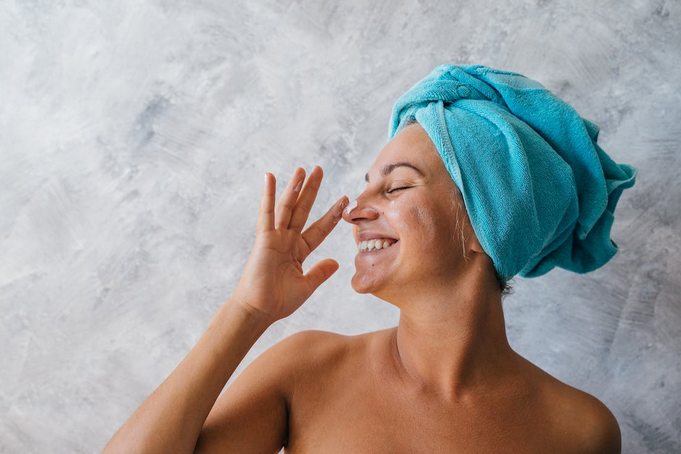 And that’s to moisturize your skin. This step is significant if you have dry or sensitive skin. Choose a moisturizer that’s rich in antioxidants and made with natural ingredients. Apply it to your face and neck and massage it until it’s fully absorbed. If you have oily skin, you may wonder if you need to moisturize. The answer is yes. Even if you have oily skin, you still need to moisturize. Just make sure to choose a lightweight, oil-free moisturizer that won’t clog your pores.
And that’s to moisturize your skin. This step is significant if you have dry or sensitive skin. Choose a moisturizer that’s rich in antioxidants and made with natural ingredients. Apply it to your face and neck and massage it until it’s fully absorbed. If you have oily skin, you may wonder if you need to moisturize. The answer is yes. Even if you have oily skin, you still need to moisturize. Just make sure to choose a lightweight, oil-free moisturizer that won’t clog your pores.
